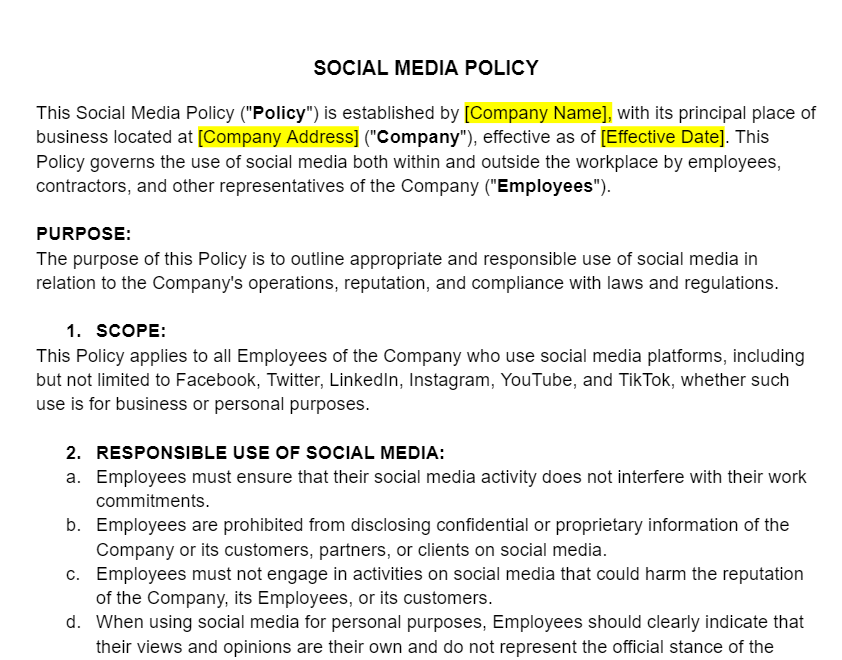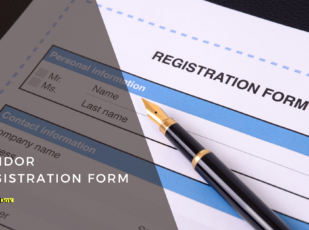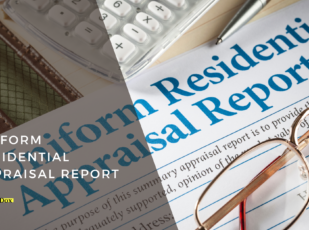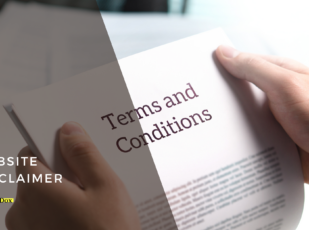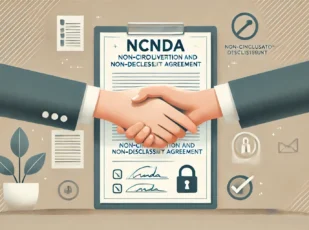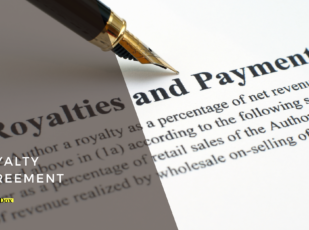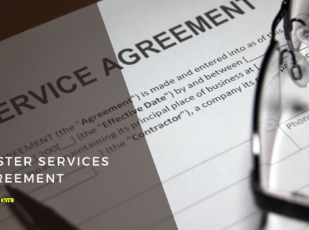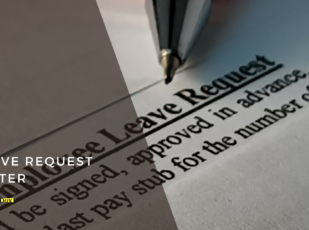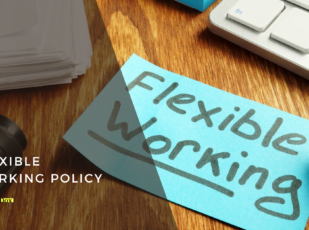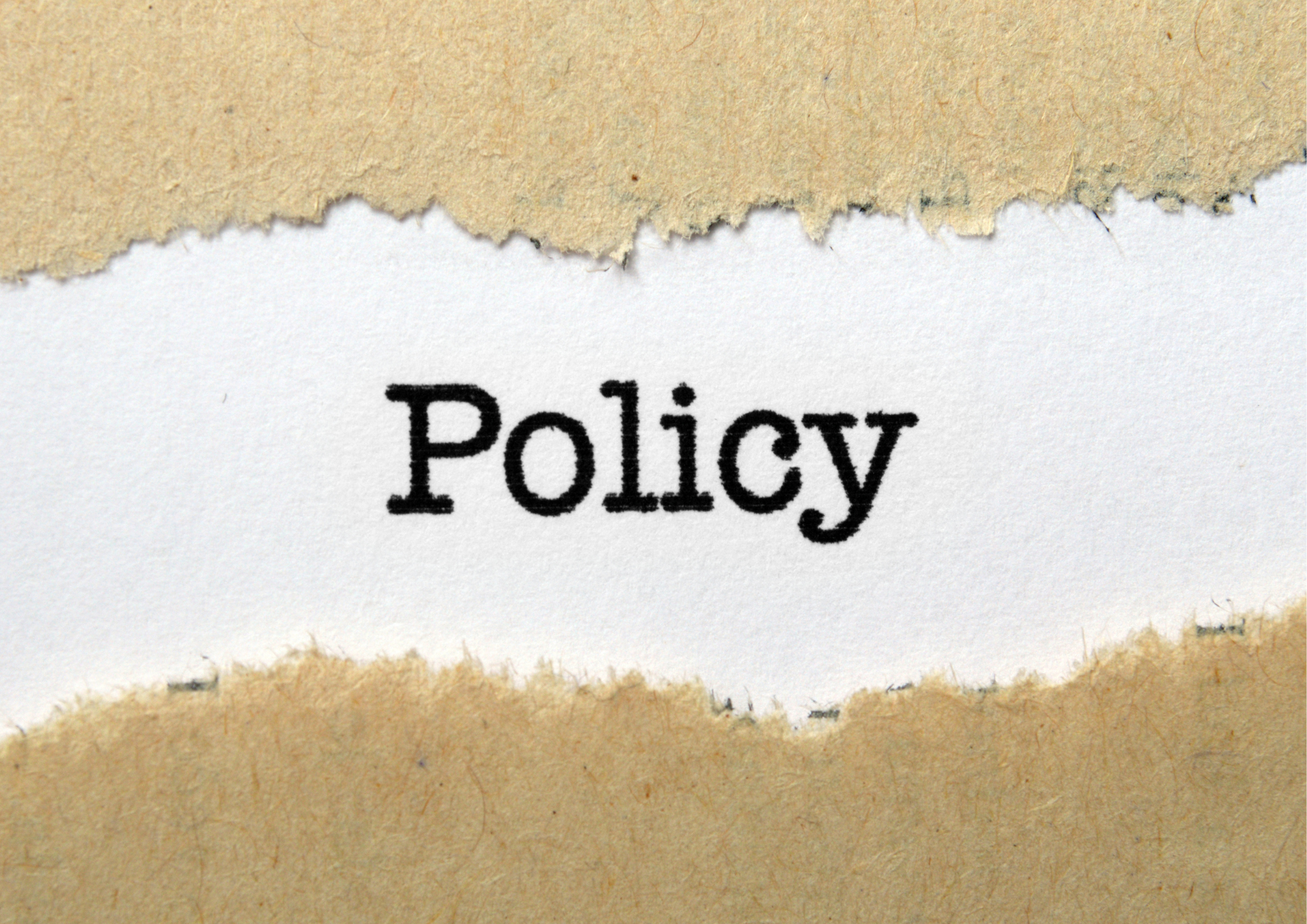
Social Media Policy Template
10 Downloads
IT and Media
January 11, 2025
Sayantani Dutta
Social media platforms have become central to business strategies today. Just a decade or two ago, it would have surprised the most tech-savvy organization to know that every company—small or big—will be using social media as one of their primary drivers of growth! But as good as social media can bring to our lives, in the context of one’s work life, it also has some disadvantages. For example, employees might use their personal social media accounts to accidentally release confidential information about their companies.
This has become an even bigger issue than it used to be thanks to a lot of us working in remote, work-from-home situations, where our personal and work lives are not physically separated. We use the same devices, the same room, and the same applications too, sometimes, for both spheres of life.
As such, the Social Media Policy has quickly become a staple legal document in many organizations. It guides employees and stakeholders on the appropriate use of social media sites in relation to their roles and responsibilities within an organization. Think of these as social media guidelines given to the employees or a code of conduct document specific to the use of social media in the context of the company’s brand specifically.
Today, we are going to talk about Social Media Policy in detail. We will cover what it is, its importance, and its key components. We will also discuss why not having an adequate Social Media Policy can land your organization in trouble. And stick with us to the very end where we introduce the only starting point or first draft you need to create a bespoke, comprehensive Social Media Policy for your own company that suits your preferences and covers your organization’s unique requirements.
What is a Social Media Policy?
A company’s Social Media Policy is a little bit like an employee handbook or code of conduct, just limited to the use of social media. It tells employees and stakeholders how to use social media within the company policy. It does more than just tell employees to not put proprietary information in their social media posts.
In its totality, the Social Media Policy establishes clear guidelines for the use of social media by employees and other stakeholders by covering aspects such as the acceptable use of social media at work, the distinction between personal and professional use, confidentiality, brand representation, the consequences of policy violations, etc.
Today, we are all on social media and social networking sites such as Facebook, Instagram, LinkedIn, X/Twitter, Snapchat, TikTok, YouTube, and so on. Furthermore, the online activity of an individual is not limited to these big apps. Someone spends more time on X/Twitter to keep track of what is happening and someone else spends the majority of their time in forums and chat rooms being a keyword warrior.
How can personal opinions, negative comments, and other appendages of a person’s social media presence be kept separate from the company? How is the line between personal use and professional use determined? With everyone having multiple social media profiles, how can work-related social media activities be kept isolated?
All of this is specified in the Social Media Policy.
This policy sets clear expectations and aims to prevent misuse that could harm the organization’s reputation, breach confidentiality, or lead to legal issues.
For example, if someone clearly has their employer’s name on their Facebook or Twitter account, and they make a comment on a product, brand, or service that can be amounted to an attack, this can tarnish the company’s reputation. It does not even have to be a comment against a competitor of the company or something terrible. Just a negative remark can attract many eyeballs and when everyone else can see who the person’s employer is, they quickly make a negative connection with that company, even though the company had nothing to do with this.
For the most part, companies will tell you to specify that such thoughts and opinions are your own and that will be the end of it. But for bigger companies, managing public relations is a more serious matter. In this case, they might want to put disclaimers and take disciplinary action against those who do anything in the way of tarnishing the company’s reputation.
This is where the social media usage policy comes into the picture. It not only protects the company but also keeps the work environment positive.
But Why is it Important to Have One?
The key significance of a properly drafted Social Media Policy lies in its ability to mitigate risks associated with social media use. Furthermore, a well-written policy will also extend to maximizing the company’s benefits through branding, marketing, and communication on social media platforms.
Employers have a framework to manage how the organization’s identity and information are shared on social media. This helps protect them against reputational damage. On the other hand, employees receive clarification on the boundaries of acceptable social media use, thus reducing the risk of unintended policy breaches that can be taken action against.
What’s more, a well-defined Social Media Policy supports a culture of responsibility and awareness around social media. It encourages positive engagement that aligns well with the organization’s values, goals, ethics, and code of conduct. And to resolve any issues related to social media, this policy also acts as a reference point for both the employer and the employees.
Ultimately, with a proper Social Media Policy for your organization, you get a structured approach to enforcement and compliance.
Operating without a comprehensive Social Media Policy can expose an organization to significant risks. First of all, unregulated social media use can easily lead to the dissemination of confidential or proprietary information, damaging leaks, or negative publicity. That alone is a reason sufficient enough to have a robust policy for social media in place.
But on top of that, if there are no clear guidelines on how to use social media in the context of the company’s reputation, it may result in inconsistent messaging or inappropriate content that undermines the organization’s brand and professional image.
Organizations can also face legal risks related to privacy breaches, copyright infringement, and harassment claims.
And let’s not forget that bad actors such as hackers are always on the lookout for unsuspecting employees. They target employees and try to get them to log into a phishing tool designed to mimic a social media platform in order to capture their credentials. Another tool in the arsenal of such bad actors is social engineering—if a lot of information about their company is already posted on an employee’s social media feeds, it becomes easy to crack their passwords, find more about them, or even dig up their private information.
From guidelines for not publishing proprietary information and avoiding negative publicity to protecting employees from handing our credentials that can compromise the organization’s entire network—a proper Social Media Policy has a lot of considerations, making it extremely important for you to have one.
The exact guidelines and conditions mentioned in the policy will set clear standards and expectations. This allows you to address social media misuse in an easy and predictable way without decreasing employee satisfaction and morale.
Key Elements of a Social Media Policy
A robust Social Media Policy Template should address several key elements for clarity and effectiveness. We can categorize these elements into seven broad categories.
1. Purpose and Scope
This is the foundation of the Social Media Policy for an organization. It clearly defines why the policy exists and what it covers, setting expectations for how employees should engage with social media both professionally and personally. In this section, you will outline the goals of the policy, such as protecting the company’s reputation, ensuring confidentiality, and safeguarding intellectual property such as trade secrets, copyrights, or trademarks.
Within this section, you will have statements answering questions like “What are the policy’s objectives” and “Who does the policy apply to?”.
Does it aim to prevent reputation damage, ensure that employees’ personal views are not associated with the company, or outline how employees should share work-related content on social media? Does it cover only employees, or does it also include contractors, interns, and other stakeholders involved with the organization?
A detailed purpose and scope section ensures that all parties understand the intended use of the policy and what is expected of them when they are online. The section will also set any boundary here—clarifying whether it applies to social media use at work only or extends to employees’ personal accounts as well, especially when they mention the company.
2. Personal vs. Professional Use
In this section, the policy distinguishes between personal and professional social media use. It is important to clarify here that while employees are free to express their personal opinions, those opinions should not be tied to the company in a way that could damage its image.
This is very important to clarify in detail, because even though employees can be expected to be aware of this, having clear statements gives you the basis to initiate action—disciplinary or legal.
The key points to be includes in this section are:
- What’s considered “personal use”: This should refer to social media use on personal time, on personal devices, and when engaging in discussions unrelated to the company.
- What’s considered “professional use”: This involves accounts or platforms where employees are representing the company, whether directly (e.g., official business pages) or indirectly (e.g., using company hashtags, mentioning the organization in posts, or participating in professional groups related to the company).
- Clear separation between personal and professional accounts: Employees should know that if they mention the company in any personal capacity, they need to disclaim that their views are their own and not reflective of the company’s stance.
Every employee in the organization needs to understand the importance of maintaining professional boundaries and how they can use social media platforms without overstepping into areas that may harm the organization’s interests or reputation. To take a very obvious example, it is not appropriate for an employee to post negative comments about a competitor using their company brand identity or email signature.
3. Brand Representation
To some extent, it is possible to manage the brand representation on social media through the Social Media Policy for employees. In this section, the policy will outline how the employees and stakeholders are expected to represent the company’s brand on social media, particularly when they are authorized to post on behalf of the company.
Businesses with active social media marketing campaigns also often ask their employees to engage with followers or post content relevant to the organization.
What you need to ensure that everyone is on the same page when it comes to consistency in tone, message, and values. Using these guidelines, employees will be expected to align their posts with the company’s core values, mission, and brand voice. Everyone communicating on behalf of the company should be doing so in a unified and consistent way, after all.
The brand representation section will also include information on the approved social media channels. The idea is to let employees know which platforms and accounts are considered official company channels—and how to appropriately use them.
Lastly, many Social Media Policy examples also have a clause on handling sensitive topics. You should guide employees on how to engage with sensitive topics, avoid controversies, and manage customer complaints or negative feedback in a professional and respectful manner.
Employees could be directly or indirectly representing the company. And the brand representation guidelines ensure that they do said representation in a way that is aligned with the company’s identity and professional conduct standards.
4. Confidentiality
Everything from accidental leaks to the deliberate sharing of sensitive information can easily harm a company’s competitive advantage or legal standing. It is very common for employees within an organization to have access to proprietary information, financial data, and strategic plans. This makes confidentiality one of the most critical areas of a Social Media Policy. So, in the confidentiality section, you should tackle these issues in three steps—definition, advice, and remedy.
- Definition: What constitutes confidential information for your organization? First of all, you should outline what information cannot be shared on social media, including trade secrets, future product launches, financial reports, and personal data about employees/co-workers and customers.
- Advice: Next, offer guidance on discretion regarding internal company matters. Employees should be reminded not to discuss internal meetings, projects, or any work-related topics that could be misinterpreted without full context or misused by anyone else, including competitors.
- Remedy: How should leaks or accidental disclosures be handled? Outline any steps employees should take if they accidentally disclose confidential information, including notifying HR or the legal team immediately.
5. Acceptable Conduct
Next, the Social Media Policy will include a section on acceptable conduct. This section will lay out the standards for how employees should behave on social media—both professionally and personally—to protect the company’s reputation.
The guidelines here should include, first of all, the clause on respecting others. In general, employees should be expected to engage in polite, professional discourse and avoid discriminatory, offensive, or inappropriate language.
You should also clarify what is prohibited. Prohibited activities within organizational social media policies often include cyberbullying, harassment, or making defamatory statements against competitors or other stakeholders.
Also, a company faces criticism and harsh competition all the time. Employees should know how to interact with company critics and the harshest critics when on social media. It is an organization’s responsibility to train its employees to approach negative feedback professionally—whether it is from customers, clients, or competitors. This section might also provide examples of how to properly address or report negative comments instead of engaging directly in conflicts.
The idea behind defining acceptable conduct is simple—this allows employees to understand the type of behavior that aligns with the organization’s values and what goes against them. Ill-advised comments and actions on social media have a profound impact on a company’s reputation and even its bottom line in today’s digital world. You should do everything in your capacity to make sure your organization stays clean by defining how employees should conduct themselves on social media.
6. Legal Compliance
Social media use must comply with various legal regulations, depending on the jurisdiction in which the company operates. A comprehensive Social Media Policy should address the following:
- Copyright Laws and Federal Laws: Employees should be informed about the importance of respecting intellectual property and how to avoid sharing copyrighted materials without permission.
- Privacy Regulations: Compliance with privacy laws, such as GDPR (General Data Protection Regulation) or CCPA (California Consumer Privacy Act), also needs to be emphasized, especially regarding the sharing of customer or employee information.
- Discrimination and Harassment: You are also responsible for ensuring employees understand the legal implications of discrimination, harassment, or defamation on social media platforms.
7. Enforcement and Consequences
In the end, we have the enforcement and consequences section. This section outlines the penalties and actions that may be taken if an employee violates the company’s Social Media Policy. Everyone should be aware of the potential repercussions of their actions and the severity of policy breaches.
Typically, in this section, the policy will cover the disciplinary actions that can be taken against the employee. Include a clear list of the consequences, ranging from a formal warning to suspension, or even termination for serious violations.
Next, you should also have proper guidance on reporting violations. Employees should know how to report policy breaches either by themselves or others—and who to contact within the organization (HR or legal teams).
This section can also use a monitoring compliance subsection. This outlines information on how the company monitors social media use, either through periodic checks or employee self-reporting, to ensure adherence to the policy.
Creating Effective Social Media Guidelines with FreshDox.com
Unclear how to begin drafting a unique Social Media Policy for your organization that fits your needs? Well, we have the answer for you right here! FreshDox.com has a meticulously designed Social Media Policy Template that empowers organizations to establish clear, comprehensive guidelines for social media use.
Developed by experts, our template is tailored to address the unique challenges and opportunities presented by social media in the workplace.
All you need to do is sign up for FreshDox.com and gain access to our well-drafted Social Media Policy, alongside a huge collection of other document templates for business and legal purposes. Our templates are designed to support effective governance and risk management.
With our platform’s user-friendly interface and expertly crafted documents, we enable businesses to quickly implement policies that create an environment for responsible social media use, safeguarding your organization’s reputation and legal standing.
You can use our 14-day trial period to try our Basic and Premium Plans. Basic Members can download up to three document templates a month whereas Premium Members have access to unlimited downloads. Today, it is all too easy to end up in an online quagmire. Under the right circumstances, any employee can feel like a company spokesperson. That is precisely what you need to protect your company’s brand and reputation from.
Use our Social Media Policy Template to improve your social media governance and promote a culture of transparency and accountability within your company. With us, you can secure your company’s digital footprint and encourage positive social media engagement with our professionally drafted templates.
Related Templates
Discover more templates that align with your needs and preferences.

Ready to Sign Up?
Sign up for FreshDox.com’s 7-day trial and discover why so many individuals and businesses trust us for their legal document template needs.
- Cancel any time
- 7-day free trial
- From 300+ Customer Reviews

